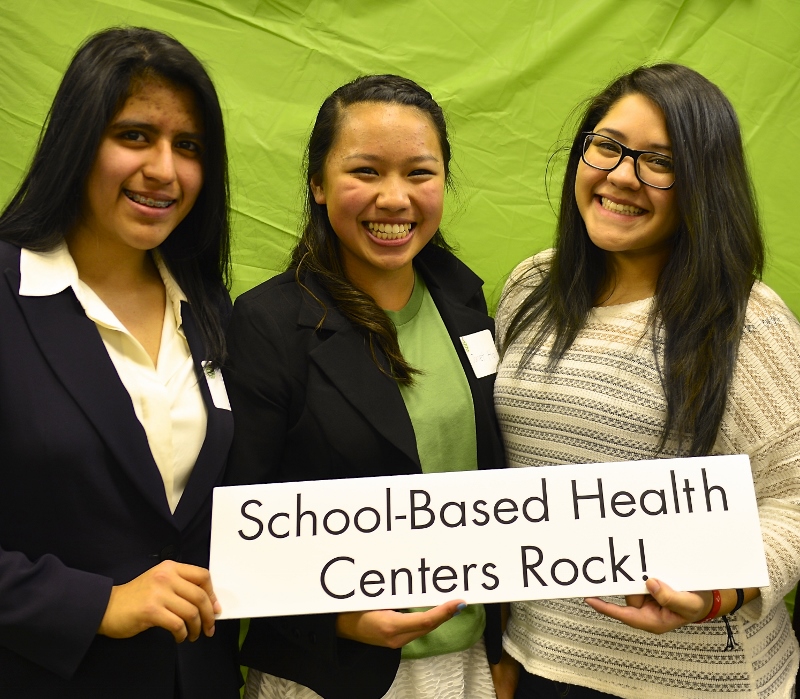31 March 2016 By Pam Case
In her article "Teens face birth control barriers at school-based health center" posted on March 30, 2016,
Oregonian columnist Samantha Swindler brings attention to the important community discussion that is being played out in Hillsboro, Oregon at Century High School concerning a school's involvement in teen health. The Hillsboro community is trying to determine how much a school district should be involved with health care.
Swindler highlights the question on many minds: is it appropriate for schools to have health clinics?
Her answer, and ours, is, "Yes. It definitely is."
Not only do school-based health centers (SBHCs) benefit schools by cutting down on health-related student absenteeism, providing convenient and free health care to students, and keeping parents from missing work to take their children to doctor's appointments, but as Swindler states,

Her answer, and ours, is, "Yes. It definitely is."
Not only do school-based health centers (SBHCs) benefit schools by cutting down on health-related student absenteeism, providing convenient and free health care to students, and keeping parents from missing work to take their children to doctor's appointments, but as Swindler states,
"No one is in a better position to help students access healthcare than the school district where they spend most of their time. That's why [the school-based health center] model works so well, especially for the most vulnerable populations. About a quarter of the Century clinic's patients come from families at or below the federal poverty line; 66-percent are covered by either Medicaid or the Oregon Health Plan."
According to the State Program Office for School-Based Health Centers, last year the 76 SBHCs served 29, 293 clients in 92, 615 visits, and 52% of those clients were insured by Medicaid.
65% of surveyed youth reported their health was better because of the SBHC, and almost one in four identified the SBHC as their usual source of care for both physical and mental health.
SBHCs benefit the student, and thus, the school. Healthy students are better able to learn, and a school ensures this for its students when working with an SBHC.
Read the full article here.
According to the State Program Office for School-Based Health Centers, last year the 76 SBHCs served 29, 293 clients in 92, 615 visits, and 52% of those clients were insured by Medicaid.
65% of surveyed youth reported their health was better because of the SBHC, and almost one in four identified the SBHC as their usual source of care for both physical and mental health.
SBHCs benefit the student, and thus, the school. Healthy students are better able to learn, and a school ensures this for its students when working with an SBHC.
Read the full article here.

